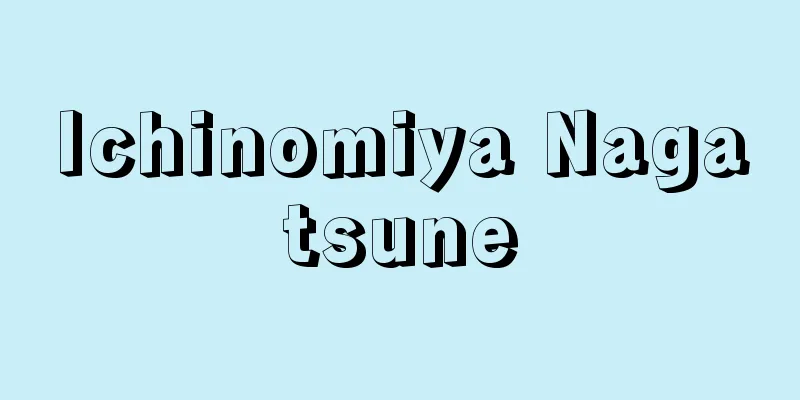Royalties

|
A fixed rate of royalty paid by a publisher to a copyright owner when a copyrighted work is published. Manuscript fees and illustration fees are also types of copyright fees, but these are fixed amounts and paid for one-time use, so they are distinguished from royalties. Royalties are usually calculated as the list price x number of copies published x a fixed rate (5-10%), but due to the rapid increase in return rates, there are cases where a fixed number of copies is set and the number of copies actually sold is used as the basis for calculation. The payment date, method, and rate of royalties are decided in consultation between the author (rights) and the publisher, taking into account various conditions such as the nature, content, and profitability of the publication in question, and are not uniform. In the case of authors with no track record, there are cases where no royalties are paid, or 5-10% is paid after reprinting. On the other hand, a high rate of 12-20% is applied to well-known authors. In Europe and the United States, in addition to the minimum guarantee system, advance payments are often required for first editions. The amount of payment is usually based on the number of copies of the first print run, but there are many cases where it rises to a high amount due to competition. The royalty system began in the 19th century in Europe and the United States. In Japan, it was long believed to have started when Mori Ogai demanded a 25% royalty when he published "Minawashu" in 1892 (Meiji 25). However, it was first decided in December 1886 when Komiyama Keisuke (Tenko), the first editor-in-chief of the Tokyo Asahi Shimbun Company, published "Madame Thérèse" by Elckman Chatrian under the title "Gaiseishidan: Danhokien" and signed a publishing contract with Maeda Madame of Hobunkan. In the case of translation publication, the royalties to the original author and the translator are added together, so the rate is often higher. [Kobayashi Kazuhiro] Source: Shogakukan Encyclopedia Nipponica About Encyclopedia Nipponica Information | Legend |
|
著作権の存在する著作物の発行にあたって、出版者から著作権者に支払われる一定率の著作権使用料。原稿料、画料なども著作権使用料の一種だが、これは定額で、1回限りの使用に対して支払われるものだから、印税とは区別する。印税は普通、定価×発行部数×一定率(5~10%)であるが、返品率の急伸のため、一定保障部数を設定したうえ、実売部数を算定の基準にする例もある。印税の支払い期日、方法、印税率は、対象出版物の性質、内容、採算性など諸条件を勘案して、著作(権)者と出版者が協議して決めるものであり、一様ではない。実績のない著作者の場合は無印税、あるいは重版後から5~10%の例がある。一方、著名な著作者には12~20%の高率が適用される。欧米では、最低保障制に加えて、初版の場合、前払い(アドバンス)を伴うことが多い。支払い額は、通常は初刷り部数を基準にするが、競争によって競り上がって高額になる例も少なくない。 印税制の始まりは、欧米では19世紀以降。日本の場合は、長らく、森鴎外(おうがい)が、1892年(明治25)刊の『水沫(みなわ)集』出版にあたって25%を主張したのが始まりとされていた。しかし、1886年12月、東京朝日新聞社の初代主筆を務めた小宮山桂介(こみやまけいすけ)(天香(てんこう))がエルクマン・シャトリアンの『マダム・テレーズ』を『慨世史談・断蓬奇縁(だんほうきえん)』と改題して出版した際、鳳文館(ほうぶんかん)の前田円と出版契約を交わして決めたのが最初。翻訳出版の場合は、原作者と翻訳者への印税が合算されるため高率になることが多い。 [小林一博] 出典 小学館 日本大百科全書(ニッポニカ)日本大百科全書(ニッポニカ)について 情報 | 凡例 |
Recommend
Dientzenhofer, J.
…A family of late Baroque architects active in Ba...
Ouwehand, C.
...This is related to the idea that earthquakes t...
Weiyuan
A Chinese thinker in the late Qing dynasty. His p...
Airway - Kidou
In terrestrial vertebrates, the passageway through...
Melastoma malabathricum
…[Ichiro Sakanashi]. … *Some of the terminology t...
Takeji Kinoshita
Born: 1872 (Meiji 5), Fukui [Died] 1946 A practiti...
Agreement - Kyotei Koi
A joint action is an act that is established as a ...
Corporation
…Company [Egashira Kenjiro] [Development History]...
Streptomyces kasugaensis (English spelling) Streptomyceskasugaensis
…(chemical formula) An agricultural antibiotic pr...
Duden
This is a trademark used on publications by the Bi...
doek
…A plain weave of cotton or linen made of densely...
Cliona
...Some sponges attach themselves to the bodies o...
Makado [Hot Springs] - Makado
This hot spring is located in the western part of ...
shrimp-plant (English spelling) shrimpplant
...Native to Mexico. The Japanese name is Koebiso...
Caravel - Caravel
A sailing ship used from the 14th to 17th centurie...



![Mitsugi [town] - Mitsugi](/upload/images/67ccf268631d0.webp)





![Kurayoshi [city] - Kurayoshi](/upload/images/67cb6e7c61927.webp)